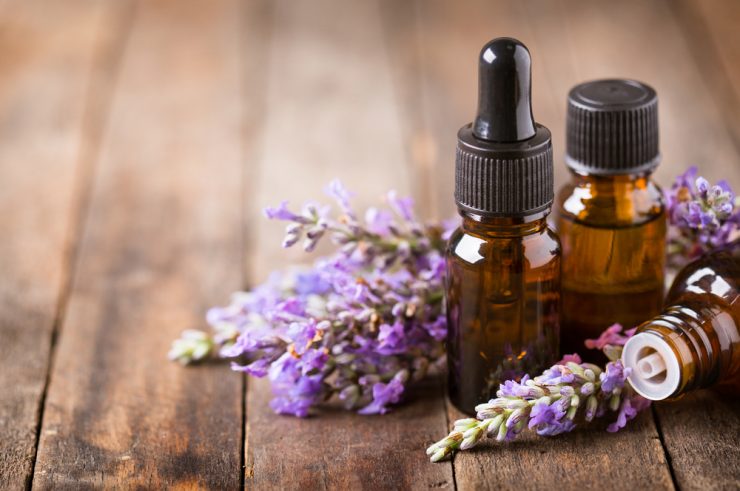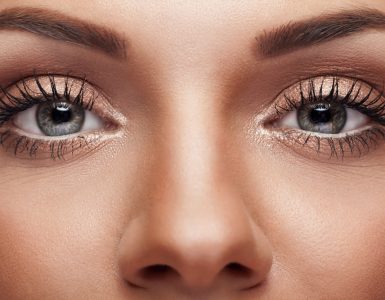The soothing powers of essential oils have been recognised for thousands of years. They can be used in many ways – think luxurious baths, relaxing massages, scented candles and fragrant vaporisers – to deliver a variety of benefits.
Editor Jane Garton looks into the power of aromatherapy.
WHAT ARE ESSENTIAL OILS?
Essential oils are a fragrant mix of natural chemicals extracted from various plants, including fruits such as oranges and lemons, exquisite flowers such as jasmine and rose, popular herbs such as basil and rosemary, spices such as cloves and black pepper and trees such as sandalwood and cedar.
More than 150 oils are used in aromatherapy, each with its own specific scent and quality. The natural chemicals of each work together to give the oil a characteristic effect on your mood. Some are relaxing (lavender), some are refreshing and uplifting (geranium,) while others are energising (peppermint and rosemary).
HOW DOES AROMATHERAPY WORK?
It is not known exactly how aromatherapy works but one theory is that the tiny molecules of the chemicals within the oils are absorbed through the pores of skin during a massage and through the lining of the nose while inhaling, which stimulates the olfactory system, the part of the brain connected to smell, including the nose and the brain.
Molecules that enter the nose or mouth pass to the lungs, and from there, to other parts of the body. As the molecules reach the brain, they affect the limbic system, which is linked to our emotional health.
The benefits of essential oils can be reaped at home through massage, by adding them to water in a vaporiser or to bathwater. Alternatively simply inhale the fragrance of essential oils by sprinkling a few diluted drops on to a handkerchief to blitz fatigue or lull you softly into sleep.
The following five oils are among some of the most popular:
EUCALYPTUS
Native to Australia, the oil from the eucalyptus tree has been used for hundreds of years in cold and flu remedies. It is rich in decongestant and antiseptic properties, making it ideal for coughs, colds and catarrh. Its sharp aroma is also good for clearing the head and eucalyptus oil is often recommended for treating headaches, migraines and sinus problems.
LAVENDER
Lavender oil, which is produced mainly in France from lavender flowers, is one of life’s universal cure-alls. The overall qualities of this oil are calming and soothing and it can be used for just about anything from headaches to burns to skin irritations. It is also worth trying if you suffer from insomnia.
ROSE
Known as the queen of the essential oils, rose is one of the more expensive oils but its powerful flowery aroma means you only need to use a very small amount. It has long been used in skincare and is especially beneficial for older skins as well as those that are dry or sensitive. It is also often used to help women’s health problems, such as PMS and menopause.
TEA TREE
Sometimes known as ti tree, the tea tree plant is native to New South Wales in Australia where its oil has been valued by native aborigines for many years. It is rich in antiseptic, antibiotic, antifungal and antiviral properties making it an ideal first-aid remedy.
FRANKINCENSE
The musty smell of frankincense brings to mind the smell of churches and it was used by the ancient Greeks and Romans for domestic and religious purposes. Rich in soothing and calming properties, frankincense oil is often used to help meditation. Other conditions for which it can be beneficial include asthma, catarrh, bronchitis and coughs. It can also be used to revitalise older skin and is said to help keep wrinkles at bay.
USAGE GUIDANCE
Essential oils are highly concentrated and with the exception of lavender and tea tree should always be used with care according to the instructions on the bottle. They should be diluted in a vegetable oil (carrier oil) and never applied directly to the skin. Grape seed, olive safflower, sesame and wheat germ oils are good choices. As a general guide dilute 10 drops in 20ml of carrier oil.
























Add comment